As Estonia’s EU presidency draws to a close, the country’s education and research minister Mailis Reps talks to Science|Business about the hurdles to negotiating a bigger EU research programme and the need to rationalise the funding landscape
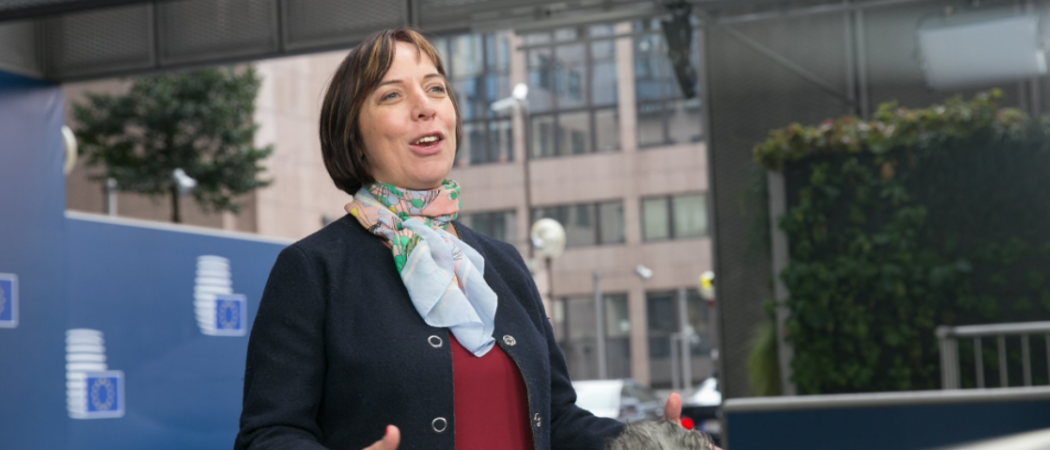
Mailis Reps
Mailis Reps is serving her third stint as Estonia’s education and research minister. Here, she shares her thoughts on the looming budget battle in Brussels, with a proposal for the next long-term EU budget scheduled for May, and what she envisages for Framework Programme Nine, the successor to Horizon 2020.
Q: Research ministers recently met in Brussels to talk about the next seven-year EU research programme, FP9, starting in 2021. Can you walk us through next year’s crunch talks and what you’d like to see in the new programme?
A: The discussion was a warm-up to the FP9 negotiations next year, and the most difficult part is actually ahead of us. The Council conclusions adopted by research ministers on 1 December are significant in the sense that they lay out the main principles for FP9 which member states have already agreed upon, and thus are a good base to continue with the actual negotiations next year.
Many very important topics were raised. First, one of the goals of our presidency, which is now coming to an end, was to demonstrate the broad impact and value of research and innovation (R&I) to the economy, society and EU policies. Average EU investment in R&I has been stagnant at 2.03 per cent and we wanted to build political support for achieving the 3 per cent target.
This would also mean an ambitious budget for FP9. So let me start by saying that increased investments in R&I should be the starting point to everything we do. Next, I believe that there has been a real breakthrough in rationalising the EU research funding landscape as ministers have agreed on guidelines and next steps. It is important that the selection and participation in EU research and innovation partnerships is more open and transparent in FP9. If we continue business as usual, we risk an even more fragmented funding landscape and ‘closed clubs’, where less networked countries or institutions find it extremely difficult to enter.
Last, ministers made a clear point that we need to continue our work to promote better engagement of European citizens. We need a much more proactive approach for showing people how research and innovation benefits everyday lives. One way of doing this could be the mission-oriented approach as suggested in the recent report by Pascal Lamy.
Q: Brussels spends €77-odd billion on Horizon 2020. Is it realistic for this amount to go up in the next Multiannual Financial Framework - as many hope - with the UK leaving?
A: It depends on the choices we make. Of course, the pressure is huge and there is always a shortage of funding, as the research community in Europe is able to offer much more than the politicians and private sector are currently funding. I believe that the Framework Programme is one of the best ways to use the EU budget. It has outstanding EU added value, one of the biggest returns on investment compared to other programmes, and it funds research and innovation cooperation across borders in a way that member states could never do alone. I do hope that there is a political will to increase the investment in R&I in Europe. At the same time, we need to continue to work internally to increase the effectiveness and impact of these investments. Also, in many research policy areas the Framework Programme has been a trailblazer and a testbed for new approaches from which member states can benefit.
Q: Brussels policymakers are forming a new European Innovation Council. French President Emmanuel Macron, meanwhile, wants to set up “an agency for disruptive innovation”. Do we need both?
A: I welcome all efforts to overcome the ‘valley of death’ that we have been talking about for years in Europe. Both sides have good ideas on how to bridge this. As both the EIC and ‘European Darpa’ are still fresh ideas, at this moment it is too early to decide if we need one or both.
As a very small country, we tend to be rather pragmatic. I believe that we should concentrate our resources in Europe and avoid fragmentation. This is also important from a user perspective – researchers and entrepreneurs do not care what the name of the programme or agency is, as long as it supports their activities, is reasonably easy to apply to and does not only focus on supporting individual enterprises. Also, we must remember that when funding innovation and especially start-ups, it is not only money that is needed but also access to networks, experience, and mentoring.
Q: Can you suggest some research missions you’d like to see in FP9?
A: Missions are indeed one of the hot topics for FP9. We discussed the mission-oriented approach with ministers in Brussels and they made it clear the member states need to be closely involved in defining them. The selection of missions will be challenging and we need a roadmap on how we are going to do it. It is also important that missions contribute to simplifying EU funding, not complicating it even more. I have some proposals in mind, but I do not want to end up with contesting ‘shopping lists’ at this early stage.
Q: There is a lot of talk of slimming the EU research programme down. What should be trimmed?
A: I think that we have a real opportunity to bring about a change in FP9, but this needs concerted effort. I am worried that as Horizon 2020 is coming to an end, there will be more and more proposals for new R&I partnerships (we can already see this happening). At the same time, we do not have a common approach for evaluating whether these long-term partnerships have clear added benefit. A Council working group has been created to set out recommendations for rationalising the EU R&I partnership landscape. It is crucial for success that the member states and the Commission work closely together and apply these recommendations already in FP9.
Q: Switching from Brussels to Tallinn: Your country has quite a big reputation for digital technology. How did this happen?
A: When Estonia started building its information society about two decades ago it took great courage to invest in ICT solutions. We were lucky that we were not held back by legacy, such as large investments in older technologies. In Estonia, the state took the leading role and created a positive perception that everyone is winning from digitalisation. At the time, the majority of the population did not have [access to] the internet. The key to the progress was the introduction of a digital identity and ID card for every Estonian citizen, and the introduction of the "once-only" principle [which holds that] the state is not allowed to ask citizens for the same information twice.
Sometimes, it seems that Estonia’s digital society has gained a mythical status, and I hope that during our presidency we were able to break these myths a little bit. I think that our experiences would be beneficial for all countries which are developing their own digital societies. Of course, copy and paste does not work, but analysing the successes and the failures could speed development and uptake of services elsewhere.
Q: What are the big research challenges scientists in Estonia can help solve?
A: Although we are a very small country, Estonian researchers work on almost everything. We have world-class knowledge and research in areas related to digital society, including cybersecurity, personal data protection, e-governance, e-health and digitalisation of education. Due to forward-looking decisions made about 20 years ago, we have an excellent biobank and many researchers are advancing the role of genetic factors in diseases. Next up: personalised medicine.
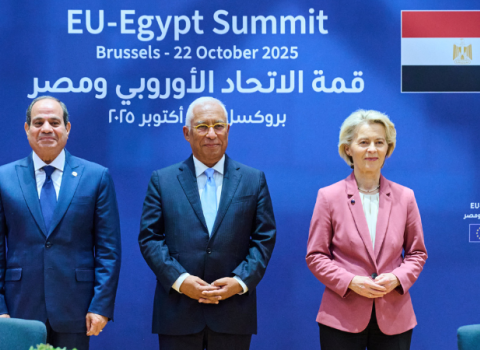
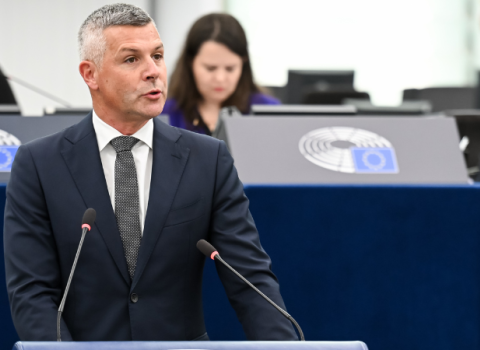
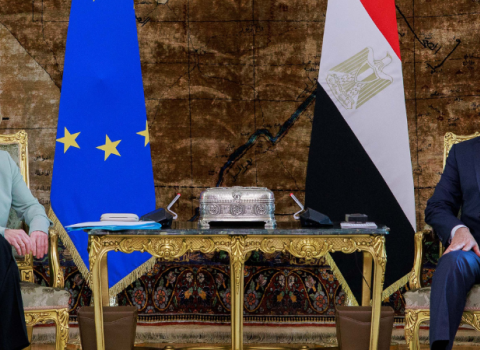
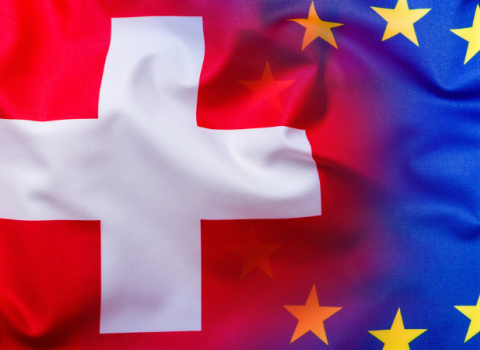

 A unique international forum for public research organisations and companies to connect their external engagement with strategic interests around their R&D system.
A unique international forum for public research organisations and companies to connect their external engagement with strategic interests around their R&D system.